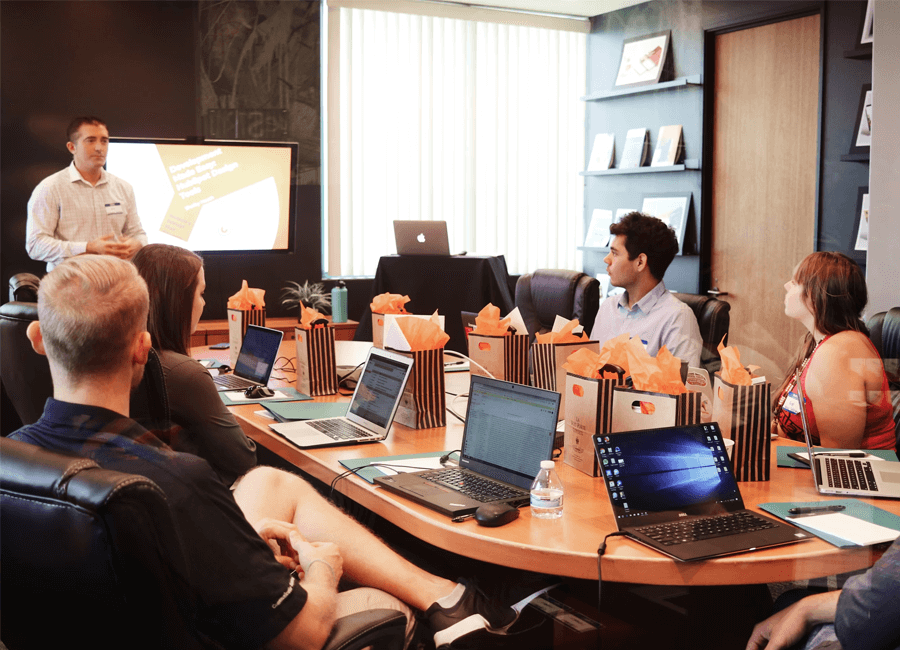Qualitative insights are incredibly valuable for stakeholder decision-making, providing the all-important depth and reasoning behind customer behaviours. In recent years there has been a large increase in demand for qualitative insights as more and more stakeholders realise their potential and want to learn more about their customers’ actions, opinions, needs and insight. This increase in demand has led to a lot of innovation in the qualitative research field, but also a need for insight experts to figure out ways in which to conduct qualitative research on a larger scale.
But generating qualitative insights on a larger scale comes with a few challenges that insight experts should be aware of, and this latest animated insights video takes us through the challenges and some solutions to help generate quality qual insights on a large scale.
Benefits, Challenges, and Solutions
Many stakeholders and businesses benefit from qualitative insights on a daily basis, with high-quality qualitative data informing critical strategic decisions. The more success is made from qualitative insights, the more stakeholders realise its power, and thus there is a rise in need for qualitative insights.
We have created many qualitative research methodologies with this rise in need and subsequent injection of cash into the innovation of qualitative research, with many stakeholders crying out for even more creative qualitative methodologies since the beginning of the pandemic and our reliance on online qualitative research. These methodologies gather qualitative data in many ways, with some focussing on creating safe areas for participant-led discussion and exploration of specific topics and others drawing specific insights out of participants through carefully crafted tasks and questions.
| Tweet This | |
| Technology has made it easier to gain access into consumer lives and qualitative insights, but conducting mass qual research still has it's challenges. |
Technology has also made it much easier to gain direct windows into consumer lives, with smartphones for example able to capture in-the-moment experiences as participants interact with brands, products and services. But insight experts have felt intense pressure for a few years now to scale up the qualitative research conducted in the same or less amount of time than ever before, and this comes with challenges.
Time was the first challenge mentioned as, historically, it takes insight teams a lot more time, effort and resources to conduct qualitative research, design the right project, collect the right data, and then analyse that data in such a way that stakeholders have all of those juicy qualitative insights to feed their own business projects and proposals for the best chance of success. Making qualitative insight generation and analysis more efficient is the key to reducing the amount of time needed for each qualitative project, and this helps stakeholders make relevant decisions with real-time data and insights.
The structure of qualitative research also poses an issue for insight experts looking to speed things up. With the detailed nature of qualitative research, planning a smooth-running qual project can be tricky, but especially so if the insight team have been asked to conduct significantly more qualitative research at a larger scale at the same speed. In this case, insight teams have found that the details get lost or if they don’t then they significantly complicate matters and the data that is generated doesn’t necessarily answer the objectives or questions set at the start of the research experience. So keeping things broad and using semi-structured tasks can work wonders for conducting more qualitative research at scale.
| Tweet This | |
| Mass qual could be the key to more insightful decision-making, but there are three core challenges to conducting mass qual effectively - time, structure and sustainability. |
Lastly, the sustainability of conducting mass qualitative research depends on a lot of factors, such as the capabilities of the insights team, the design and structure of the research project and the resources available for insight experts to use. When designing the qualitative research project, taking all of this into account will be crucial to the project’s success and the quality, accuracy and relevance of qualitative insights gathered at the end.


















